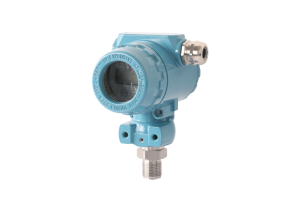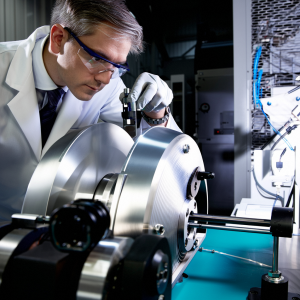Why Smart Instrument Selection Saves You Time, Money—and Trouble
“An ounce of prevention is worth a pound of cure.”
As someone who’s spent years troubleshooting failed transmitters and mismatched sensors, I can confidently say: choosing the right instrument from the start saves you from a world of downstream headaches.
The Cost of Poor Selection
Unexpected failures
Premature device degradation
Costly downtime
Production interruptions
Support calls
Frequent troubleshooting
Match the Instrument to Real-World Conditions
Not all pressure transmitters are created equal. While many perform well in lab tests, few survive long in harsh field conditions:
Environmental Threats
- Direct sunlight/UV exposure
- Rain and humidity
- Dust and particulate matter
Recommended Solutions
- Dual-compartment housings
- 316L stainless steel or Hastelloy
- IP66/IP67 rated enclosures
Pro Tip
For chemical or wastewater applications, verify wetted part materials can withstand prolonged exposure to your specific medium.
Always Confirm the Operating Temperature Range
Temperature mismatches are among the most common causes of premature instrument failure. Consider these real-world scenarios:
Failure Case
Transmitter rated for 80°C installed in 110°C steam line
Prevention
Use diaphragm seal with cooling element
Temperature Checklist:
- Maximum process temperature
- Ambient temperature extremes
- Thermal cycling effects
- Cleaning/sterilization temperatures
Understand the Measurement Medium and Process Characteristics
The chemistry and physics of your medium determine nearly every aspect of proper instrument selection:
Medium Properties
- pH level and corrosivity
- Viscosity and flow characteristics
- Particulate content
- Conductivity (for EM flow meters)
Safety Considerations
- ATEX/IECEx zone classification
- Intrinsically safe vs flameproof
- Hazardous area certifications
Critical Warning
Using non-certified equipment in explosive atmospheres can have legal and insurance consequences beyond just operational failures.
Prepare for On-Site Electrical Noise
Electrical interference causes more measurement problems than most engineers realize:
Common Noise Sources:
- Variable frequency drives (VFDs)
- Large motors and generators
- Welding equipment
- Radio transmitters
Installation Best Practices
- Maintain proper cable separation
- Use twisted pair shielded cables
- Implement star-point grounding
Protective Components
- Signal isolators
- Surge protectors
- Noise filters
The Smart Selection Principle
“Select carefully, not hastily; verify parameters; consider conditions; define functions; consult experts. Good preparation leads to better outcomes.”
A little more thought upfront leads to fewer support calls later. In today’s competitive industrial world, knowing your application—and choosing the right tool—is what separates reactive teams from proactive ones.
Need Expert Guidance?
Our instrumentation specialists can help you avoid costly selection mistakes
Response within 2 business hours | Global support available
Post time: Apr-24-2025






